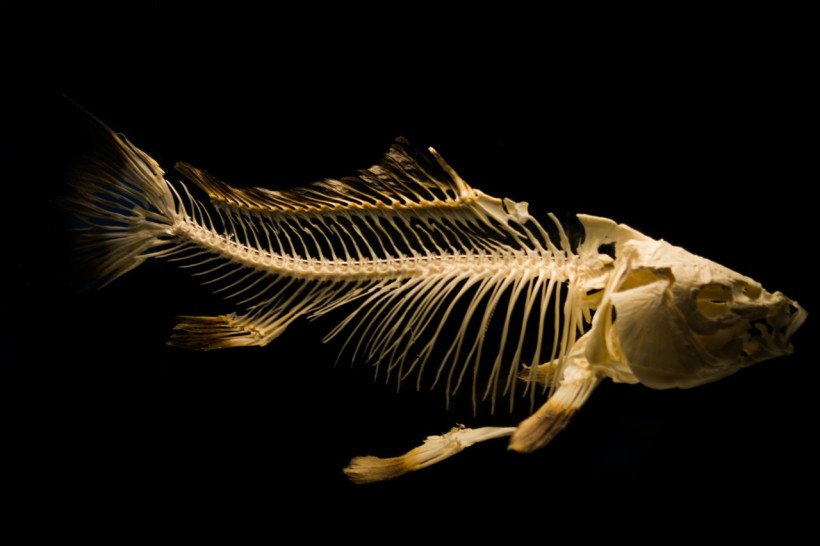Ichthyologists from the prestigious Yale University presented the first-ever data regarding the classifications between the species of black basses. According to the experts, this popular freshwater gamefish branches to vast biodiversity that we could not discern before.
The findings from the genomic analysis of black basses are expected to help conservationists and wildlife authorities improve solutions that would protect the various bass species and manage fishing regulations of the world's most invasive organism.
Scientists Fill Up Scientific Descriptions of Black Bass Species

The authors delineated the group of 19 black bass species scattered across the globe. Among the samples, two popular species, the Florida bass, and the largemouth bass, have been misclassified for the past 75 years. Their scientific names, Micropterus floridanus and Micropterus salmoides were also applied incorrectly by the scientific community.
The genetic study revealed that the Micropterus salmoides should be intended for the Florida bass, while the largemouth bass should be reclassified as Micropterus nigricans, the oldest available scientific name for the same species.
Yale's Department of Ecology & Evolutionary Biology specialist Daemin Kim explained that the findings are crucial for wildlife management and conservation as a couple of black basses exist across 57 countries on every continent, excluding Antarctica.
Kim continued throughout the regions, both the Florida bass and the largemouth bass were misclassified as Micropterus salmoides, meaning that the fishery agencies authorized the introduction of the animals without knowing their true biological information.
ALSO READ: Molecular Study Shows How This Probiotic Competes Bad Pathogens, Protects Gastrointestinal Tract
Correcting Evolutionary History and Genomic Data of Bass for Better Conservation Techniques and Fishing Regulations
The phylogeny of the black bass species might not be useful information for many anglers, but the evolutionary history of the fish is crucial for conservation efforts to their biodiversity and regulation of responsible gamefish activities, Kim added.
The authors said that the findings do not focus alone on the ancestral and current biodiversity of the black bass species but also offer a wider perspective of the phylogenetic roadmap of their biodiversity's protection, PhysOrg reports.
In reality, any species relocated from their native regions and mixing with other water bodies would likely threaten their diversity. This study establishes the boundaries between the species, which would protect the bass groups and the ecosystems and fishery facilities they inhabit.
The genomic analysis included DNA samples from 394 specimens of known black bass species around the globe. This pool included other groups that do not have sufficient scientific descriptions. The samples were collected between 2002 and 2020. Some of the data were gathered from government wildlife agencies and museums such as Yale Peabody Museum.
Apart from the Florida bass and largemouth bass, the authors filled up the missing descriptions for three popular bass species known as Altahama bass, Choctaw bass, and Bartram's bass. Two unknown species are currently described as smallmouth bass discovered living in Arkansas state's Ouachita River and Oklahoma state's Little River.
The study was published in Scientific Reports, titled "Phylogenomics and species delimitation of the economically important Black Basses (Micropterus)."
RELATED ARTICLE: First-Ever Genetic Map of Chimpanzees Shows Traces of Their True Origin, Also Helps Anti-Trafficking
Check out more news and information on Biology in Science Times.














